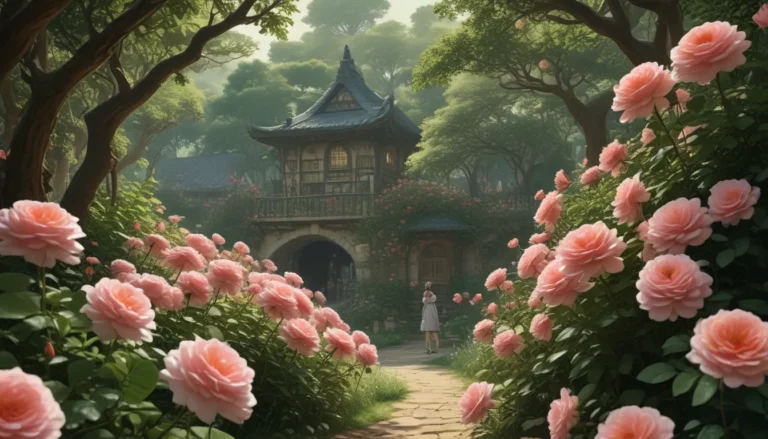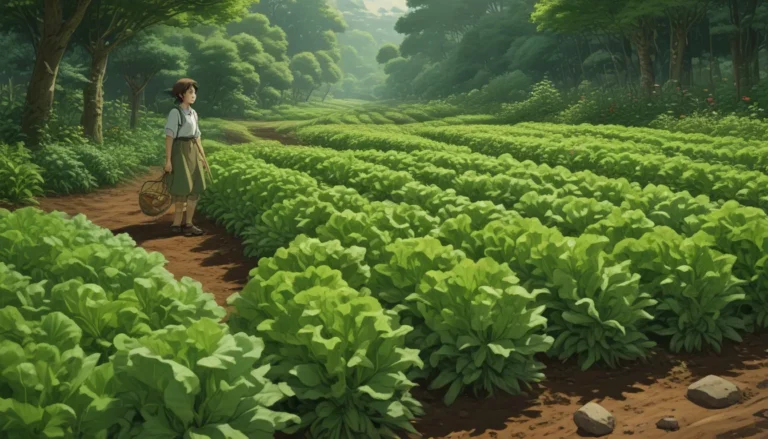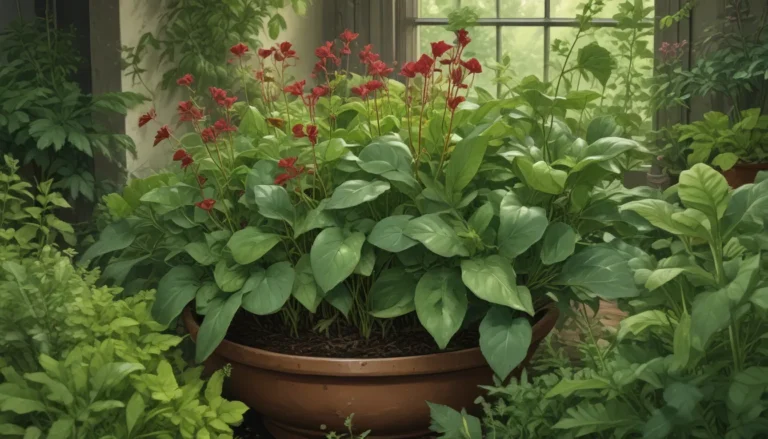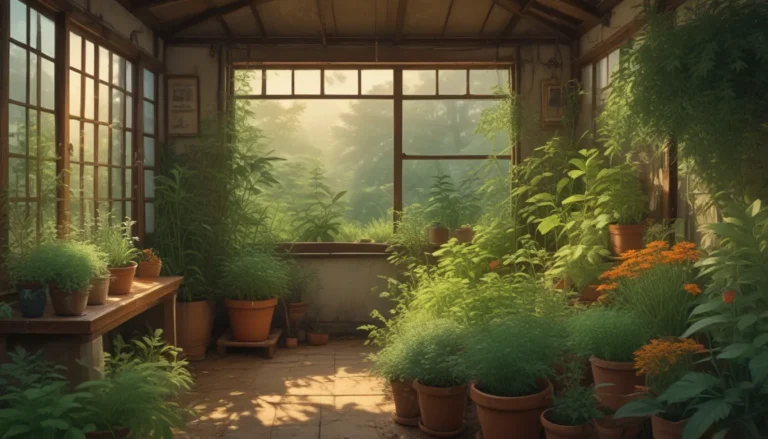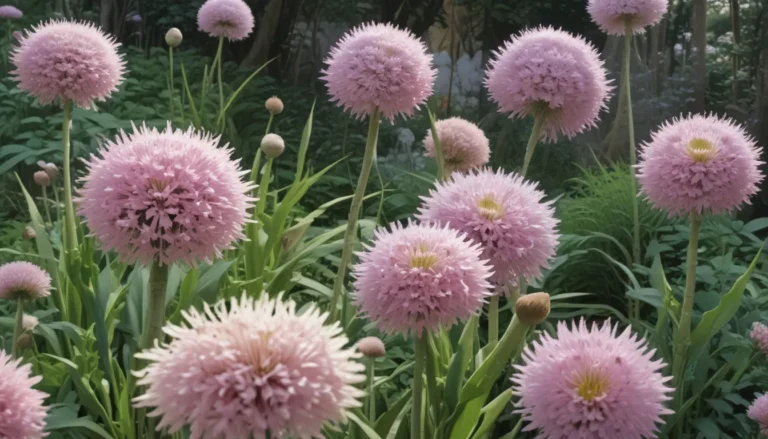How to Grow and Care for Small Globe Thistle

Small globe thistle, also known as Echinops ritro, is a perennial member of the Asteraceae family and is native to Europe and Asia. This sturdy and attractive clumping plant is suited to cultivation in USDA Hardiness Zones 3 to 8 and features blue to blue-purple flowers on tall stems with prickly foliage. In addition to blue, cultivated varieties of this flower can also be found in white.
Cultivation and History
Small globe thistle boasts compact flower heads that resemble the size of a golf ball and are made up of many tiny star-like blooms. The plant blooms in mid to late summer and runs to seed after blooming, self-sowing and returning each spring. E. ritro is also valued by herbal practitioners for its anti-inflammatory and lactation-promoting properties.
The word “Echinops” translates to “hedgehog head” in Greek, perfectly describing the plant’s prickly, spherical flower heads. The plant made its way to America in the 1806 edition of the American Gardener’s Calendar and has historical roots dating back to the mid-1700s.
Propagation
To grow small globe thistle, start with seeds, root cuttings, or division. Direct sow seeds in the spring after the last average frost date, or start seeds indoors prior to the last frost date. Root cuttings can be taken from lateral roots of established plants in late winter to early spring, and division can be attempted in the spring or fall.
How to Grow
Small globe thistle prefers full sun with light afternoon shade and well-draining, dry soil. Average to poor soil is preferred, and the plant is salt and drought tolerant once established. Water after planting and provide one inch of water per week until established. Supplemental watering is generally not required unless in a prolonged dry spell.
Growing Tips
- Choose a permanent location for the plant to avoid stress to the taproot.
- Use biodegradable seed starter cells for indoor seed starting.
- Maintain even moisture during germination.
- After establishment, plants require little water.
Pruning and Maintenance
This plant is low-maintenance and requires minimal care. Deadhead spent flowers to encourage a second bloom, keep tall plants staked as needed, and weed regularly. Remove all old flower heads to minimize self-sowing, cut stems to the ground after the first frost, and dispose of debris in the fall.
Cultivars to Select
Mostly blue flowers are available in E. ritro, but white varieties also exist. ‘Veitch’s Blue’ is a popular cultivar with deep violet-blue flower heads that form substantial clumps.
Managing Pests and Disease
Small globe thistle is resistant to many pests and diseases, but watch for aphids, leaf miners, and plant bugs. Crown rot and powdery mildew are potential diseases to be aware of. Treat infestations organically and remove affected foliage for optimal plant health.
Best Uses
Small globe thistle is well-suited for xeriscaping, as it requires minimal care and moisture. It is salt tolerant and does well in shallow, dry soils, making it perfect for coastal areas. This plant adds vertical interest, rounded form, and texture to mixed beds, borders, and containers. It also works well in cutting gardens, where its unique shape and color can be enjoyed in fresh or dried floral arrangements.
Quick Reference Growing Guide
- Plant Type: Herbaceous perennial
- Flower/Foliage Color: Blue/gray green
- Hardiness (USDA Zone): 3-8
- Exposure: Full sun
- Bloom Time: Mid to late summer
- Spacing: 24-30 inches
- Height: 36-48 inches
- Spread: 24-30 inches
- Water Needs: Low
- Maintenance: Low
- Tolerance: Deer, drought, dry soil, rabbits, rocky soil, salt, shallow soil
- Native to: Asia, Europe
- Soil Type: Average to dry, low fertility
- Soil pH: 5.5-7.0
- Soil Drainage: Well-draining
- Attracts: Bees, butterflies, and other beneficial insects
- Companion Planting: Black-eyed Susan, coneflower, globe amaranth, yarrow
- Uses: Beds, borders, containers, cutting gardens, rockeries, xeriscapes
In conclusion, small globe thistle is a versatile and attractive plant that can thrive in various garden settings. With its unique qualities and minimal care requirements, it is a great addition to any landscape. Consider adding this plant to your garden and enjoy its beauty for years to come. Are you growing small globe thistle in your garden? Share your experiences in the comments below!
